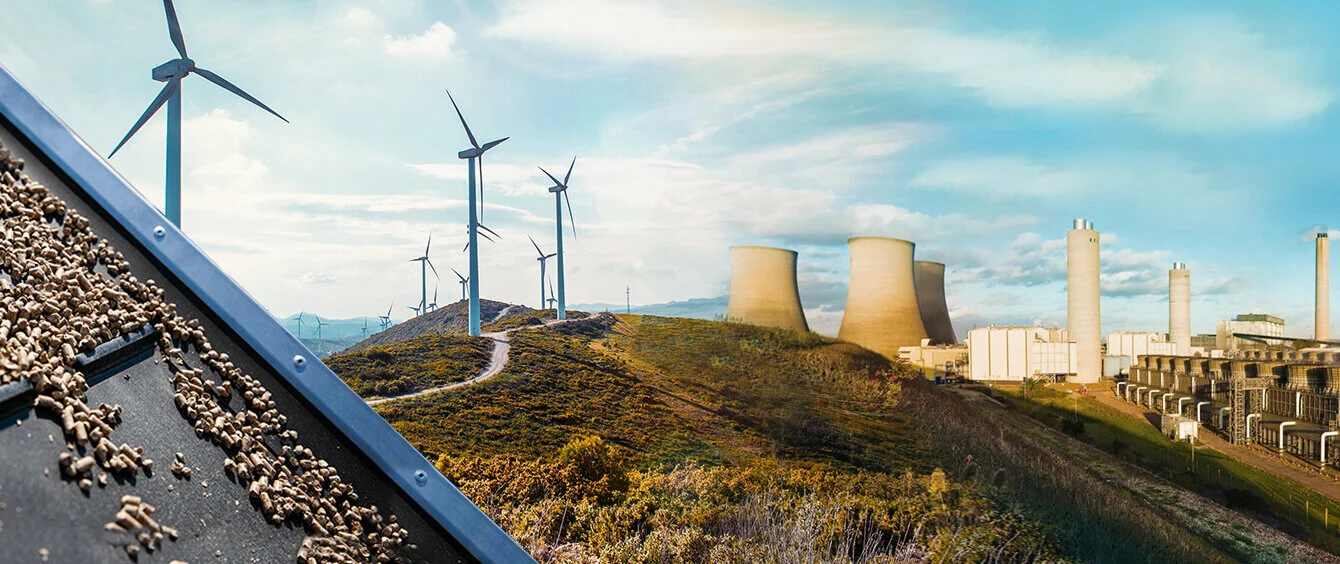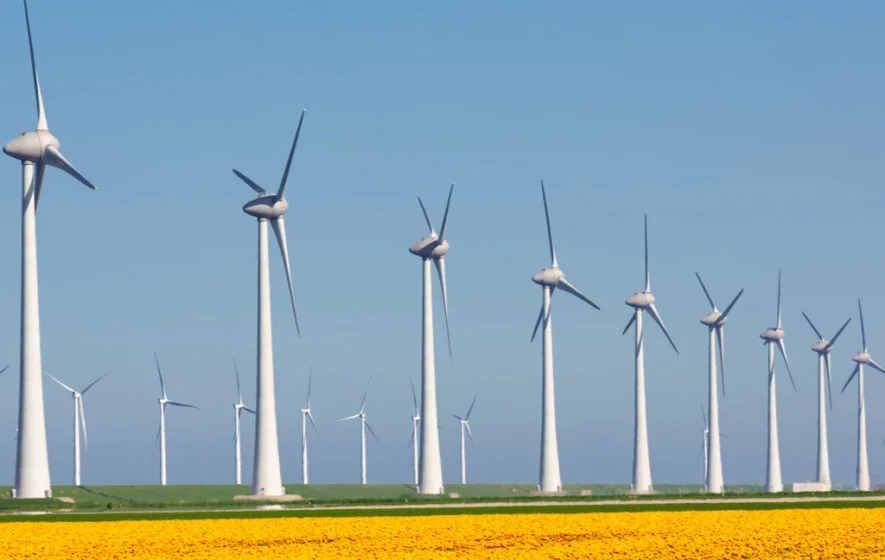2018 brought bad news on the climate change front. Carbon emissions globally were estimated to have risen by 2.7 percent to record levels, according to a report presented by the Global Carbon Project at the UN Climate Summit held in Poland last December. The International Energy Agency added confirmation to this gloomy outlook in March, when it reported that energy-related CO2 emissions had increased by 1.7 percent last year, the highest growth rate since 2013.
But there were also some rays of sunshine. Eurostat, the statistics arm of the European Union, reported in May that the bloc’s CO2 emissions from burning fossil fuels had fallen significantly last year by 2.5 percent. Portugal led the way in percentage terms with a drop of percent, while Germany did best out of the EU’s large economies, registering a decline of 5.4 percent, a much better performance than in recent years.
The UK’s carbon emissions from fossil fuel combustion fell by only 0.3 percent last year, but it is one of the best performers over a longer-time scale, with total CO2 emissions down 29 percent in the period 2008-2017, according to BP’s Statistical Review of World Energy 2018. The Netherlands saw a substantial 4.6 percent drop in CO2 emissions from fossil fuel combustion in 2018, but like Germany has performed less well in terms of total CO2 emissions reductions over the last decade.
Change in CO2-emissions in the EU 2018
EU big emitters: reduction in CO2-emissions 2008-2017Germany subsidises renewables
According to Germany’s Federal Environment Agency, the EU’s largest economy emitted 41 million metric tons less CO2 or equivalent gasses in 2018, a reduction of 4.5 percent. This is the country’s best performance since 2009, when carbon emissions fell sharply as a result of the economic slowdown caused by the global financial crisis.
The decline in emissions in 2018 reflects the build-up of renewable energy capacity by power producers over the last decade. In particular, in 2018, German added 2.96 Gigawatt (GW) of new solar capacity, bringing total cumulative capacity to 45.92 GW, according to data from the Federal Network Agency. The country also installed 3.4 GW of new wind capacity to bring the total up to 59 GW, with wind meeting 21% of electricity demand, according to industry body Wind Europe.
The provision of subsidies by the government in the form of Feed-in Tariffs has been a critical component in this build-up of renewable capacity, particularly in the early days of wind and solar’s development. This allowed the technologies to mature, bringing major cost reductions, which in turn has meant subsides could be reduced, minimising the cost to consumers of new capacity.
In addition, electricity generated from renewable sources is prioritised on the German grid; conventional generation can only fire up if no green power is available. This, and the growing amount of green power generated, have allowed renewables not only to fill the gap left in the electricity mix by the decommissioning of nuclear power plants, but also start to replace electricity demand normally met by coal-fired generation.
To meet climate change goals decarbonisation must go further, but there is a lack of comparable national funding models for other sectors. In transport, for example, the government has largely relied on voluntary measures. The number of electric cars and vehicles fuelled by biogas is growing, but relatively slowly.
In the housing sector, the state development bank KfW has been supporting energy-efficient sustainable construction for years, but emissions from housing have fallen more slowly than in the electricity generation sector. Households and domestic consumers did see their emissions fall by 11% in 2018, but this was largely the result of a mild winter, which meant less heating was required.
Germany will have to do more in a broader range of sectors, which is why extending national carbon pricing beyond the energy sector, which is covered by the EU Emissions Trading System (EU ETS), has become such a hotly debated topic.
The Netherlands wants to move away from natural gas completely
Each EU state faces its own challenges when it comes to carbon emissions reductions, which reflect the nature of its existing energy system. In the Netherlands, large natural gas resources in the central North Sea and onshore have promoted gas-fired electricity generation.
However, the country has been relatively slow to adopt modern wind power to the same extent as some of its neighbours. In 2018, the Netherland’s 4,471 MW of installed wind capacity generated just 9% of average annual electricity demand, while the comparable figure in Germany was 21% and in the UK 18%, according to Wind Europe data.
The Netherlands’ impressive reduction in CO2 emissions from energy use of 4.6% in 2018, as shown by Eurostat, was driven by lower coal-fired generation rather than increased renewables generation. According to the Dutch Emissions Authority (NEa, in dutch only) electricity sector carbon emissions fell by 6.6% last year “exclusively due to the reduced use of coal.”
One element supporting the decline of coal-fired generation is that electricity producers, including RWE, are increasingly choosing to replace coal with biomass. Again, additional funding mechanisms to support this would accelerate gains in emissions reductions. To this end, the Dutch parliament is currently considering a broad-based national minimum price for CO2 emissions.
The Netherlands has also adopted ambitious plans to reduce and eventually eliminate gas use, including making sure that no new residential construction after July 1 this year can use gas for heating or cooking. There is also a plan gradually to transition districts currently dependent on gas to other means of energy provision, a process which will accelerate after 2022. Given the Netherlands’ historic dependence on gas, this programme will take some time to evolve and have a significant impact on the country’s carbon footprint.
Great Britain heads back to the 19th century with its minimum CO2 price
Compared with Germany and the Netherlands, the UK is doing very well in terms of emissions abatement. According to the International Panel on Climate Change’s Climate Change Performance Index 2019, the UK comes in eighth with a score of 66, while Germany and the Netherlands rank 27th and 28th respectively with scores just either side of 55.
The UK’s carbon pricing policies go a long way to explaining this strong performance. In 2013, the UK government introduced the ‘Carbon Price Support’ – an additional tax payable by power generators in Great Britain, on top of the EU ETS price.
Since mid-2018, the ETS price has risen steadily from around €5 per tonne to over €25 per tonne, whilst the CPS has remained fixed at £18 per tonne. Coal generation has declined sharply in the UK since 2013, dropping 52% in 2016 and a further 19% in 2017.
Gas-fired power plants, nuclear and increasingly renewable energy were used to bridge the gap, and, in 2017, for the first time in modern history, the UK made do without coal-fired generation for 24 hours. Today, this is becoming a regular occurrence. In the first three months of 2019, the UK electricity system operated for a record 650 hours without coal-fired generation, helped by increases in wind capacity of 1.9 GW in 2018 and mild winter
photo credits: Space-kraft, shutterstock.com; Karolis Kavolelis, shutterstock.com; detchana wangkheeree, shutterstock.com; RWE AG


